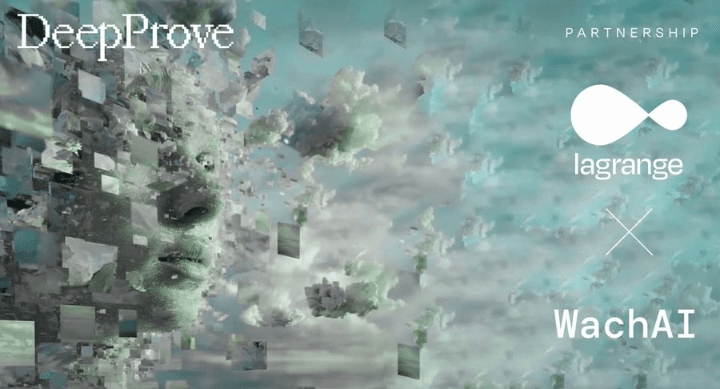Zero-knowledge proofs (ZK) have always been like a high-speed and precise 'single-threaded CPU': they can quickly complete specific tasks (such as transaction verification and data proof), but when faced with multi-tasking and complex cross-chain calculations, efficiency and scalability become bottlenecks.
Lagrange is breaking this limitation—it is not just a decentralized ZK network but more like the 'GPU evolution moment' of ZK computing.
Imagine if past ZK could only prove facts on-chain one by one, then Lagrange's decentralized zero-knowledge co-processor can parallelly generate verifiable proofs, just like a GPU rendering thousands of pixels in memory, supporting cross-chain interoperability, off-chain AI reasoning validation, and complex multi-party computing. This not only signifies a leap in speed but also an expansion of computational dimensions.
This architecture benefits from its integration with platforms like EigenLayer—utilizing a network of restaked nodes to undertake large-scale computing tasks, and then returning the results on-chain in the form of zero-knowledge proofs. The end result is that DeFi, cross-chain protocols, AI model validation, and even on-chain games can achieve a 'real-time' user experience while maintaining security.
Unlike players such as Starknet and zkSync that purely pursue 'ZK TPS', Lagrange does not focus on making single-core computation faster but rather builds a 'ZK cluster' to enable multi-core processing simultaneously. This approach not only pushes blockchain computing performance to GPU levels but may also lead to an entirely new 'ZK parallel computing ecosystem'.
If the CPU brought computers to personal desktops, the GPU opened a new era of AI, 3D rendering, and deep learning. Lagrange may be the switch that brings blockchain computing into the 'GPU era'.